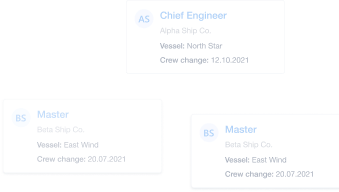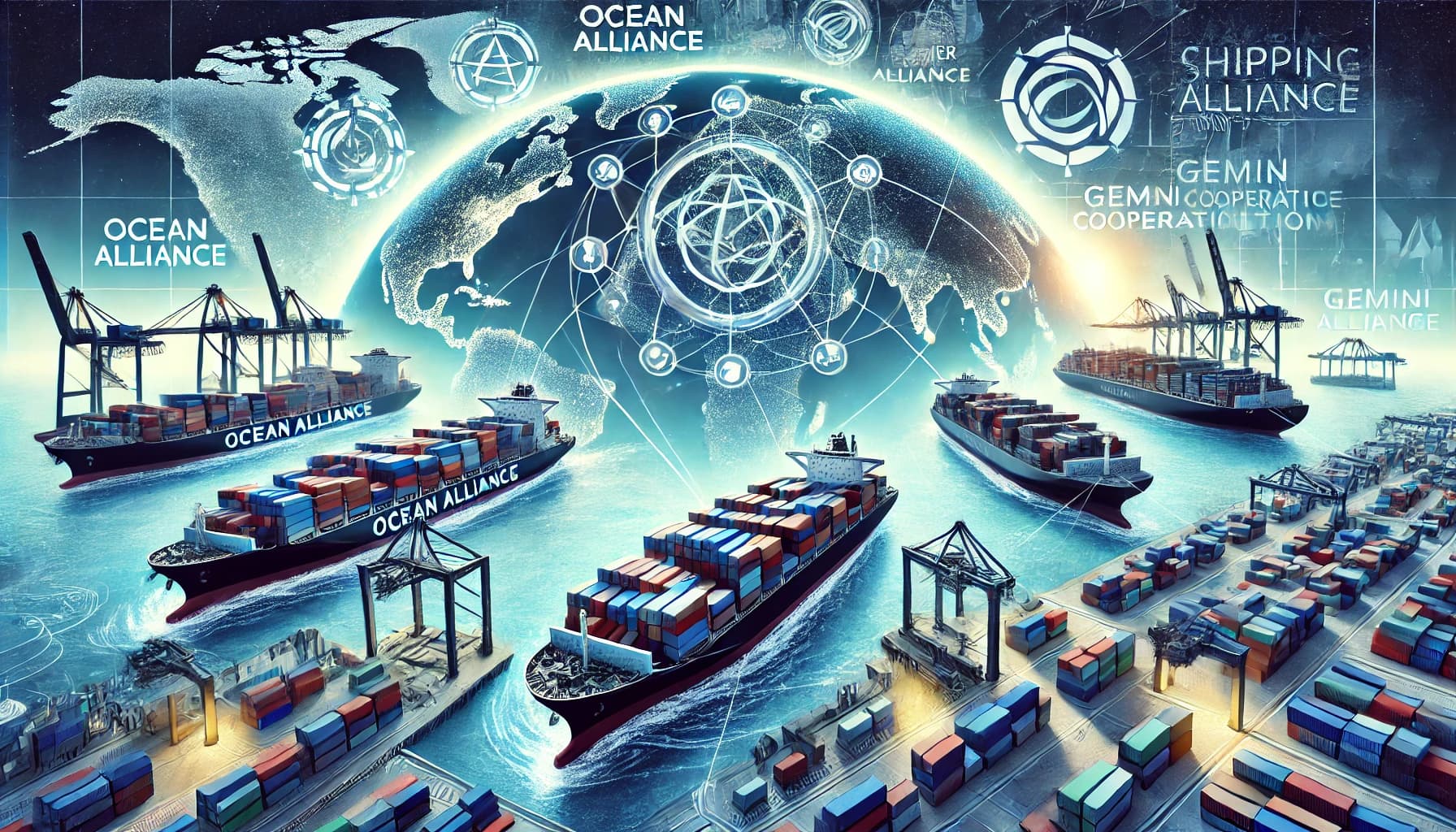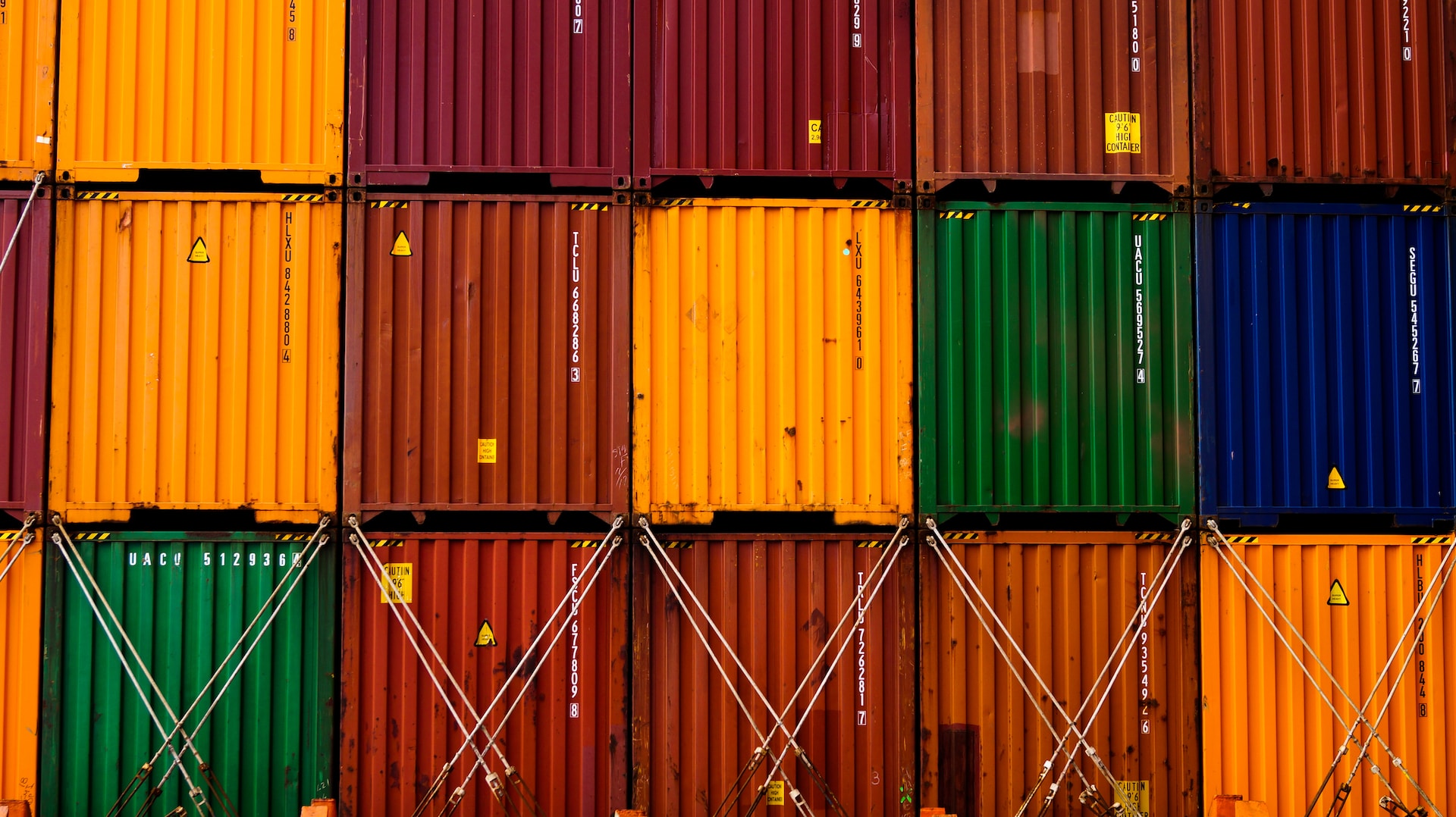Everything You Need to Know About Cable Laying Ships
Jun 15, 2023 · 10 mins read ·
Shipping & Vessels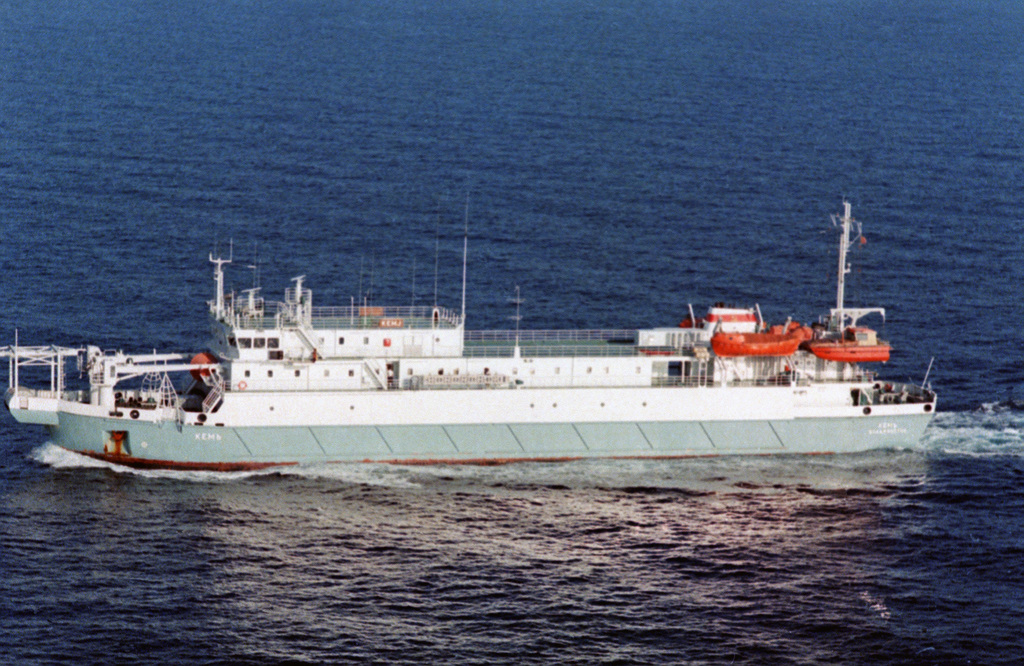
Ever wondered what a cable laying ship is? if so, this is the blog post for you. In simple terms, cable laying ships are deep sea-going vessels which have been specifically designed to lay underwater cable lines on the ocean floor - as opposed to the cables we commonly see on land, which are overhead cables.
And as the world grows ever more connected, the laying of underwater cables has increased exponentially. And thus we have the rise of the cable laying ship.
They might not be as well known as some other ships in the international merchant fleet, such as bulk carriers, heavy load vessels, or cargo and container ships, but make no mistake: the cable ship plays a vital role in connecting the globe.
This post is one in a series of articles which all take a deep dive into the many different types of boats and ships that make up the merchant fleet so once you’ve finished reading this article, if you’d like to know more about anything from lightships to ro-ro vessels to ferries, we’ve got plenty more where this came from!
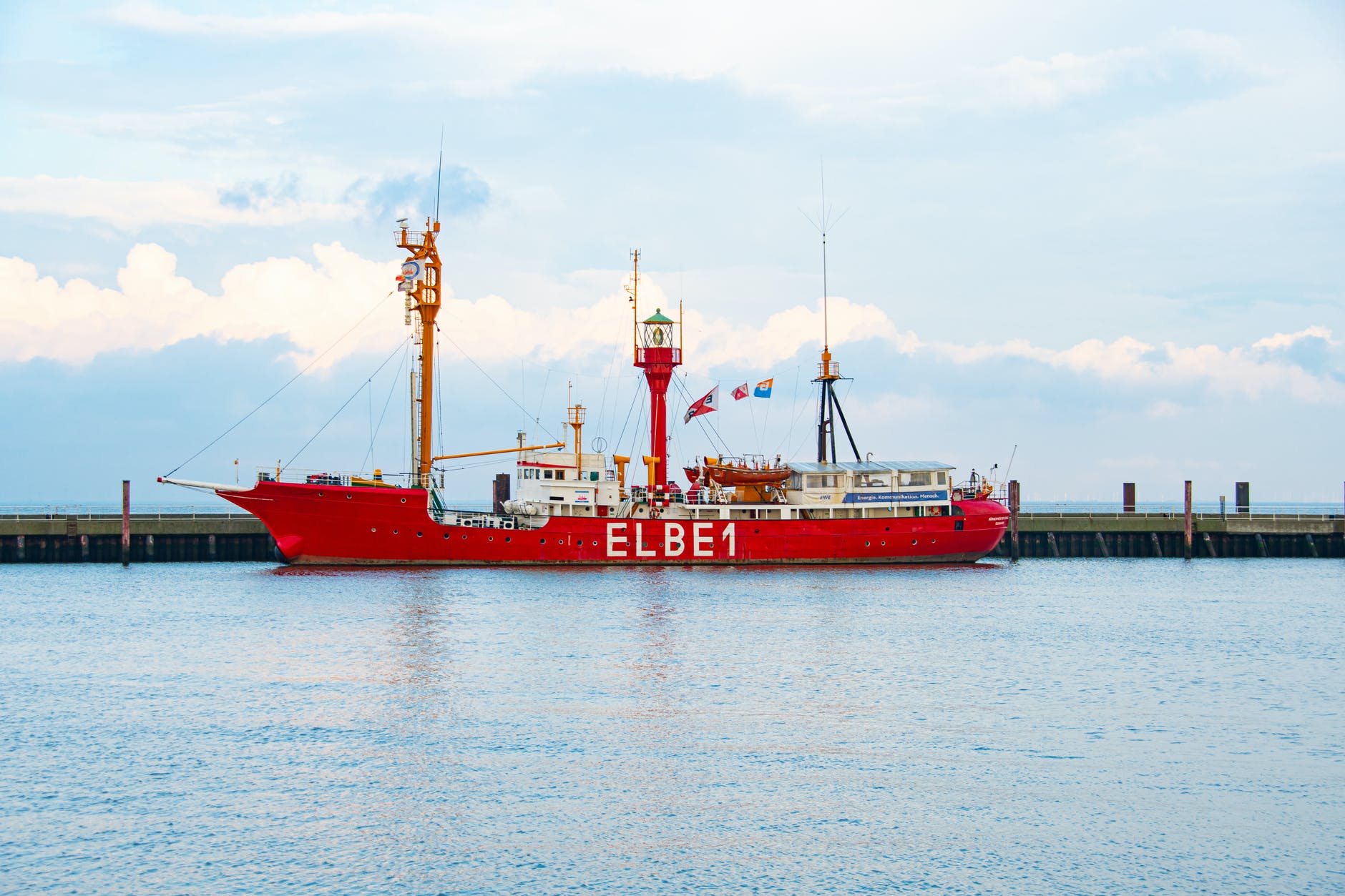
Read more: Everything You Need to Know About Fireboats
But for now let’s get on with the reason we’re here and the reason you’re reading this: the cable laying ship!
What are cable laying ships and what do they do?
Cable laying ships, also simply called cable ships or cable layers, are usually large and powerful vessels.
Due to the nature of their work they are highly stable and are designed for the utmost degree of maneuverability.
Read more: Everything You Need to Know About Tugboats
One interesting thing about cable laying is that because the work isn't carried out all year round, many cable laying vessels are also called upon to act as part-time research vessels and will be used, instead of laying cables, to monitor various oceanic events and collect data.
What kind of cables does a cable laying ship lay?
Obviously cable laying ships…lay cables. But let’s look at that a little more closely.
Their primary purpose is to lay lines of cable underwater but what does that actually entail - and how does it benefit us here on land?

Read more: Everything You Need to Know About Oil Tankers
Cable ships lay a variety of underwater cables, including telecommunications cables, electric power cables, and military cables. So what’s the difference?
- Telecommunications cables are used to carry voice, data, and video traffic between continents. We rely on them to keep in touch with friends, family, coworkers and businesses across the globe. For example, via the internet or by video conferencing or phone calls.
- Electric power cables are used to transmit electricity between power plants and distribution centers, in turn providing electricity to our homes and businesses.
- Military cables are used to communicate and control military assets. Probably not something that most of us need to worry about but crucial for defense and national security.
What equipment does a cable laying vessel have on board?
As we mentioned earlier, a cable layer requires a high degree of maneuverability and stability. And the equipment these vessels have on board reflects that.
Read more: Everything You Need to Know About Gas Carriers
And it goes without saying that cable ships need equipment and machinery that facilitate the precise and correct laying of cables on the sea bed.
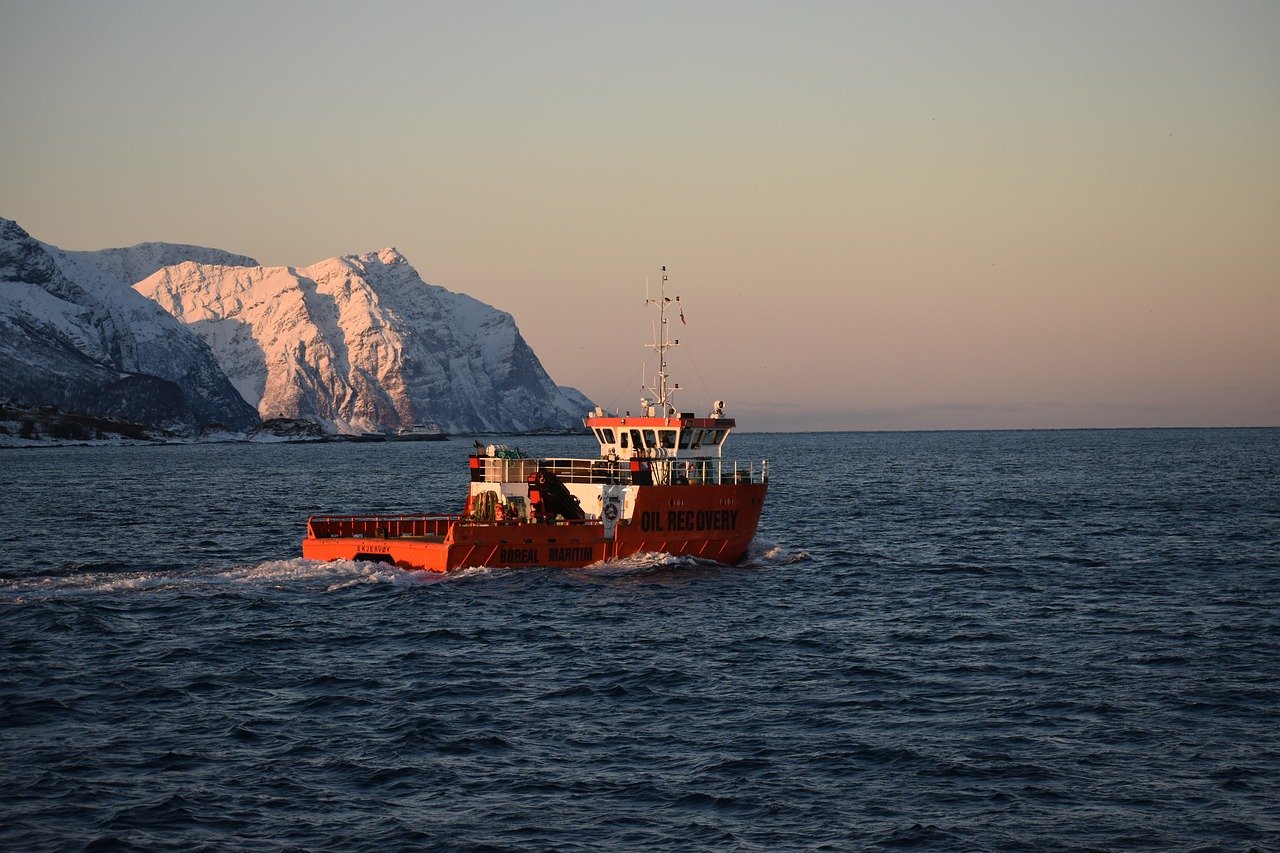
This means the utilization of dynamic tracking and dynamic positioning systems which will pinpoint the exact position of both the cable layer, and the point at which the cables should be laid. Indeed, the communication and navigation systems on a cable ship are normally second to none.
Cable vessels are also equipped with damage control systems which will need to be deployed in the event of the cables being damaged.
As for the cable laying equipment itself, these include cable sheaves, cable drums, and of course winches.
The onboard machinery and laying systems are both hydraulic (operated by oil or water) or pneumatic (operated by air.)
Read more: Everything You Need to Know About Offshore Vessels
Some ships are also equipped with advanced cable-laying equipment that enables them to lay cables in difficult conditions, including bad weather, and deep water.
Indeed, because cable ships are so big and bulky, they are generally not suitable for use in shallow water, in shoals or near the coastline as they don’t have the depth required to maneuver.
As for the design of a cable laying ship, these differ to other merchant vessels such as chemical tankers or icebreaker ships by their easily-distinguishable ‘cable sheaves’ - huge apparatus which guide the cable either over the stern or the bow, or in some cases both,
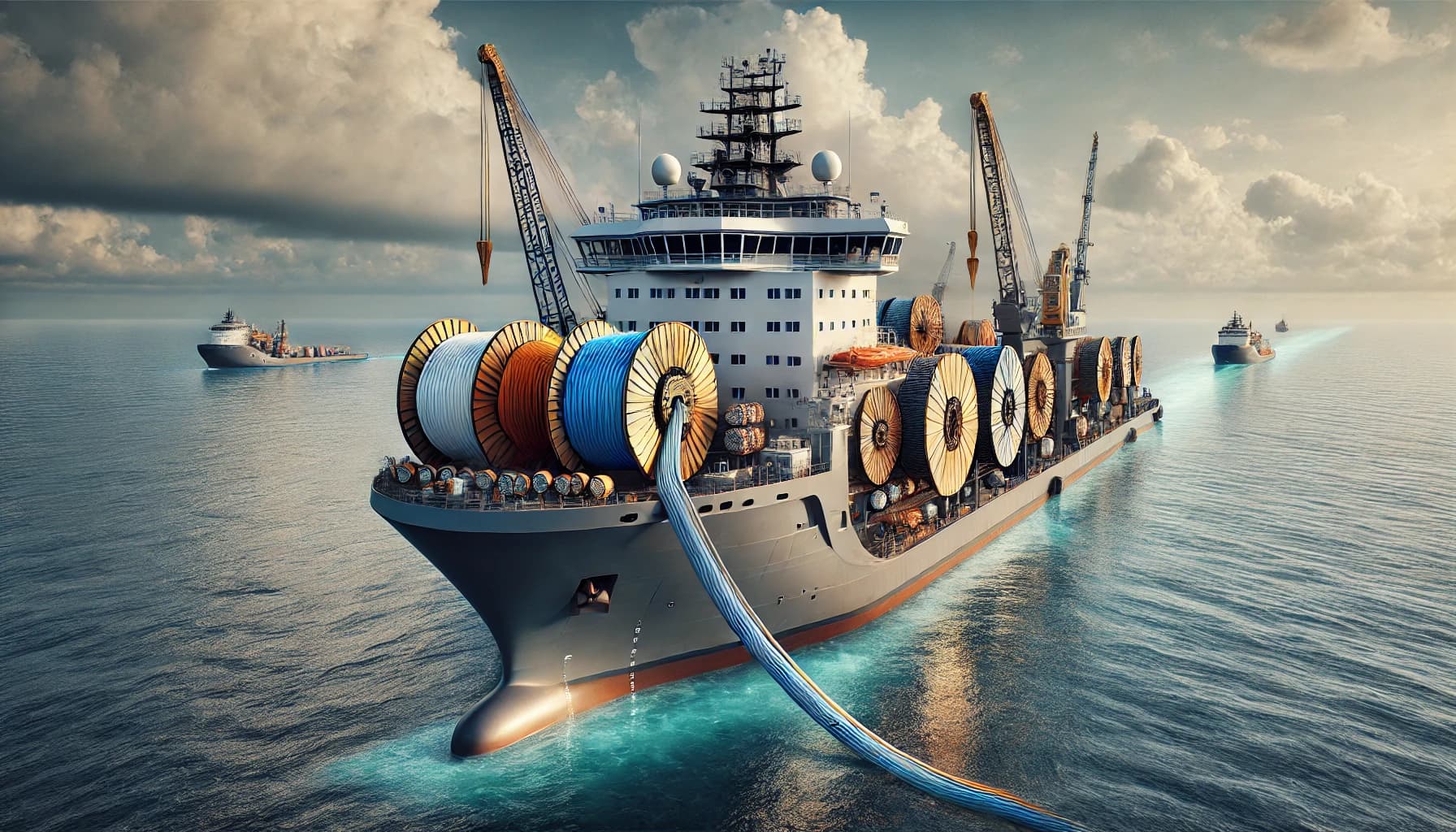
How do cable laying vessels work?
So how do all the above machinery, systems and equipment work together to lay cables?
Read more: Everything You Need to Know About LNG & LPG Tankers
The cable is coiled and stored in a cable layer’s hold, ready and waiting to be laid on the ocean floor.
Generally speaking there are four techniques used to lay and install the cables - each technique is normally deployed depending on the different sections along the route of the cable. These are:
Coastline
A technique called directional drilling is usually used when installing underwater cable close to the shoreline as this will minimize any impact on the area. To lay the cable, conduits are passed beneath the beach as well as under any nearby reefs.
Shallow waters
Because a lot of activity takes place in shallow waters - such as fishing and leisure activities - the cables must be buried to prevent them from being damaged. For example, a large beam trawl on a fishing trawler can quite easily slice through a cable if the sea bed is soft and sandy.
Hard bottomed areas
Obviously if the sea bed is hard bottomed, burying the cable is impractical at best and impossible at worst. For this reason, armored cables are used. This armor also protects the cables from anchors and other potential hazards.
Deep seas and oceans
When the ocean is really deep, cable laying companies can be confident that the cables will not be damaged by ships, fishing gear or anchors. Therefore the cables will simply be laid upon the sea bed or ocean floor.
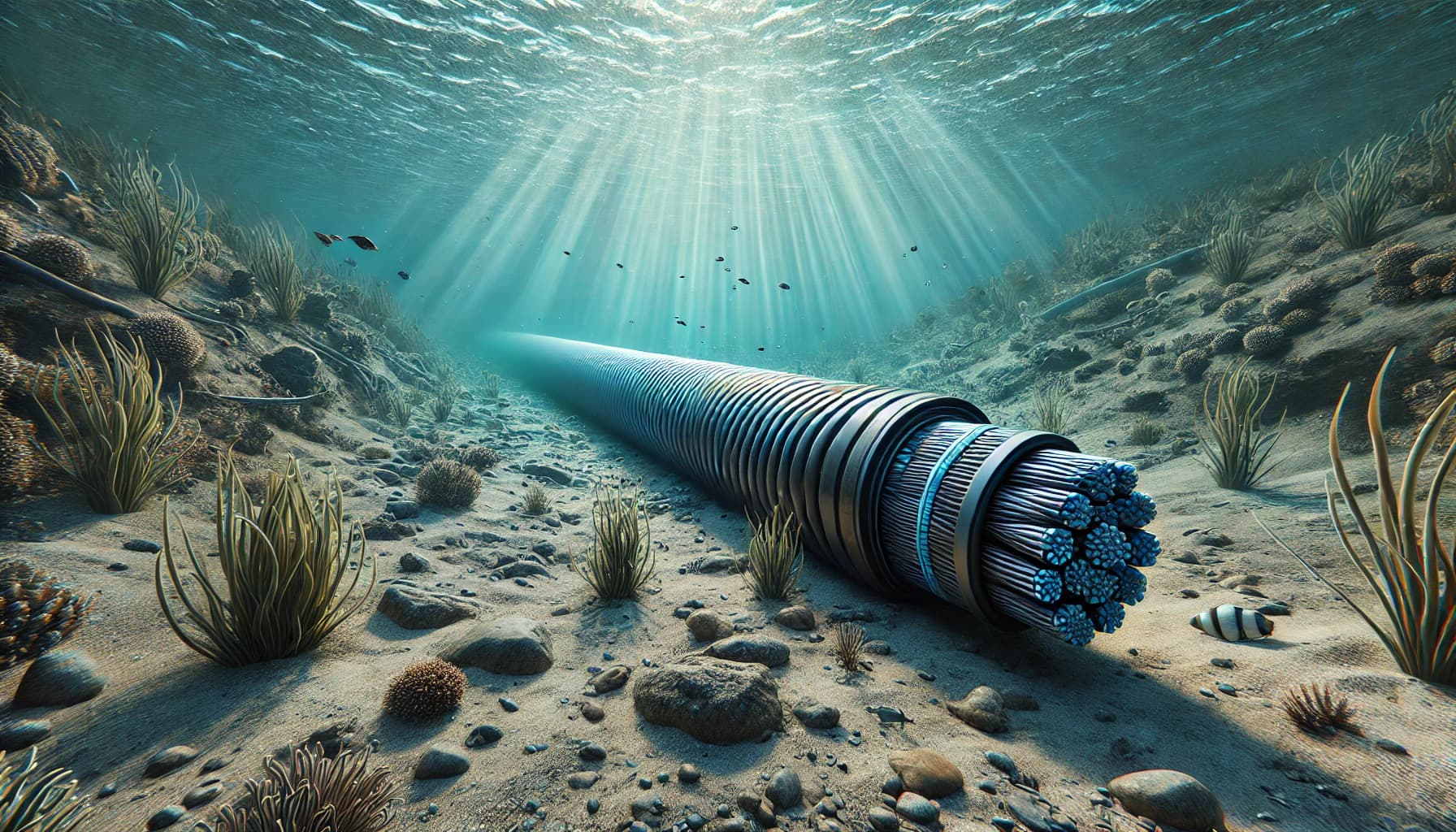
In most scenarios, the cable laying vessel is attached to an underwater plough which it pulls behind it, thus creating a furrow in which it lays the cable.
How big are cable laying ships?
Due to the very nature of their work, cable laying ships are BIG. After all, they need room for all of their equipment as well as all of the cables they are tasked with laying.
The majority of cable layers have a tonnage in excess of 11000 tons, enabling them to lay up to three cable lines on one trip, while the biggest vessels are capable of laying cables up to several thousand miles in length.
Read more: Everything You Need to Know About Car Carriers
However, the actual size specifications of a cable layer depends on how deep the ocean floor is in the area that it is working. Basically, the deeper the ocean, the bigger the ship and vice versa.
Having said that, even cable ships at the smaller end of the scale still tend to dwarf regular vessels, simply because of the nature of their purpose.
Why are underwater cables used?
Underwater cables are usurping their older brother, the overhead, land-based cable. This is for a couple of reasons:
- Underwater cables have a far greater reach than overhead cables, both technically speaking, and physically - the sheer distance an underwater cable can be laid far surpasses that of cables on land.
- Underwater cables are also less prone to interference from nature - be that rain, sleet, snow or storms or natural calamities such as tornados or forest fires.
Read more: Everything You Need to Know About Feeder Vessels
We hope this article has given you some insight and helped answer some of your questions you might have about cable laying ships.
They might not be as glamorous as cruise ships, they don’t carry the sheer amount of goods as Supramax vessels and they’re not quite as busy looking as crane vessels.
But, like their fellow workhorses, the dredger and the mining ship, cable ships have a job to do and they get on with it and do it!
PS, don’t forget to download our seafarer job app for iOS or Android from the Apple App Store or from Google Play
Read the previous article in this series: Everything You Need to Know About Coaster Vessels
Read the next article in this series: Everything You Need to Know About Pilot Boats

Eve Church
Eve is Martide's content writer, publishing regular posts on everything from our maritime recruitment and crew planning software to life at sea. Eve has been writing professionally for more than two decades, crafting everything from SEO-focused blog posts and website landing pages to magazine articles and corporate whitepapers.
UK
